La Petite Ceinture (known as the Little Belt in English) is a relic of a bygone era. Built in the 1850s and ’60s, it runs nearly 20 miles around the City of Light along the Boulevards des Maréchaux. It carried passengers until 1934, when automobiles and the underground metro system supplanted it as preferred modes of transport.
Since then, the tracks have had a life of their own. Left largely untended, biodiversity thrived, and, today, the Little Belt is home to more than 200 species of plants and at least 70 different species of animals. In 2008, part of the tracks between the Porte d’Auteuil and the Gare de Passy-la-Muette became accessible as a walking route and nature trail. The rest, as Atlas Obscura notes, is currently off limits, but “its accessibility from nine arrondissements makes it popular with urban explorers.”
After discovering the rails in 2010 while walking with a friend in southern Paris, Pierre Folk became one of those explorers, driven by an interest in capturing the “relation between society and its environment,” and the physical traces those societies leave in their wake. He calls his project, “By the Silent Line.” “This project is mostly about the notion of temporality and the way our society deals with its technological revolutions,” he said via email. “I believe the series somehow tells a great deal about man as well.”
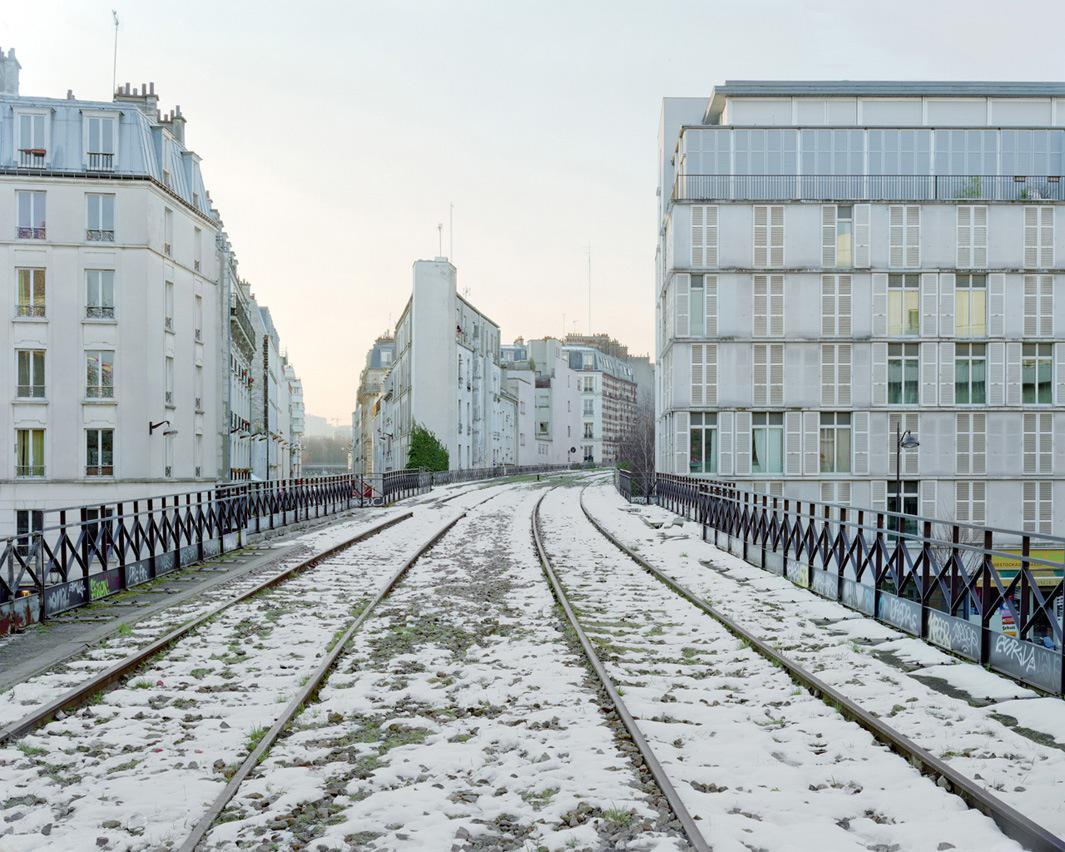
Pierre Folk
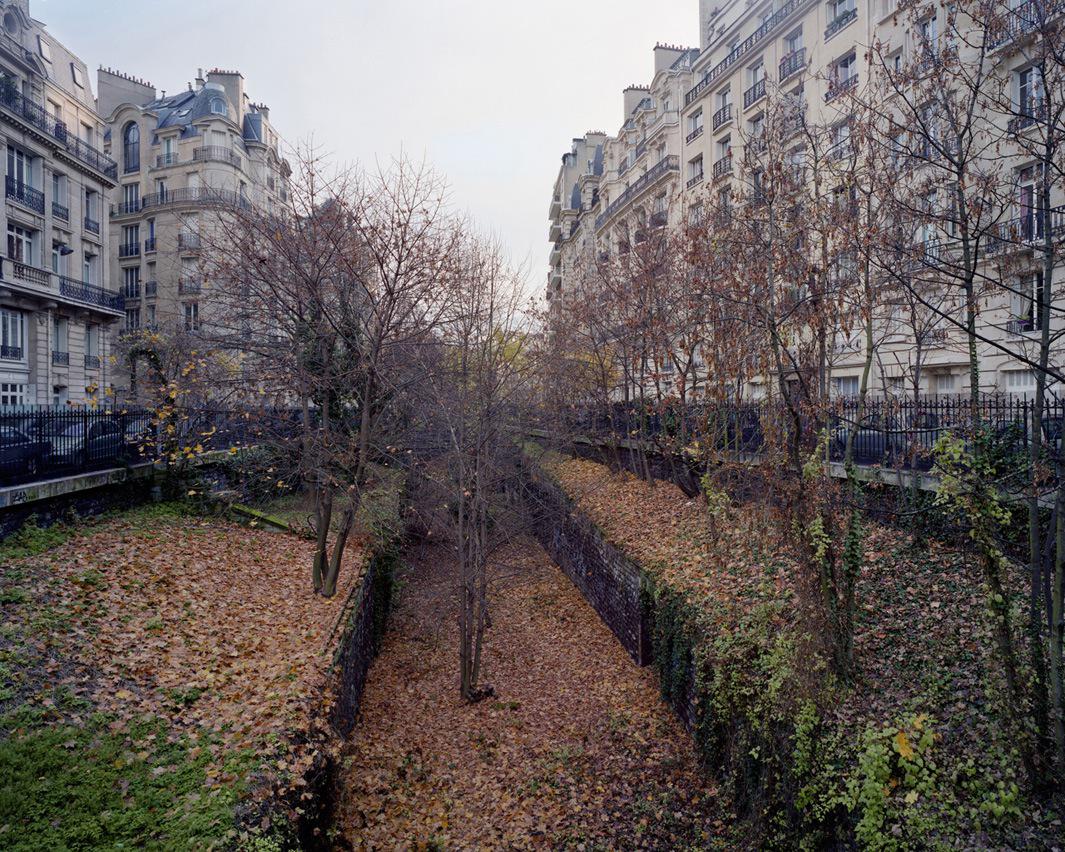
Pierre Folk
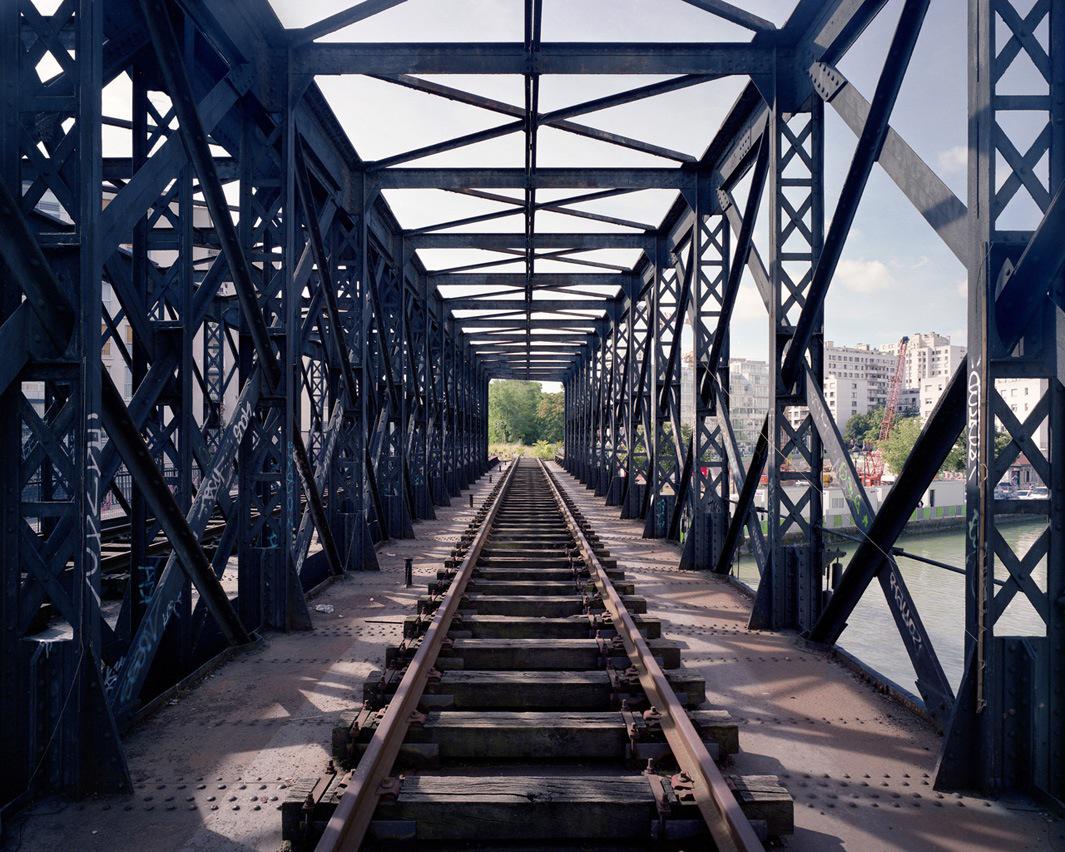
Pierre Folk
First, Folk scouted locations on the Belt without his camera. Then, he returned there with his gear over and over, often to the same locations at different times of the day and the year. Some sections are below street level, while others are elevated, providing a birds-eye view of the bustle of Paris. There are also many tunnels, including some over half a mile long. “Overall, it’s very quiet. In the morning, you can hear birds sing, which gives the feeling of being away from the city, “ he said.
While many Parisians know the Belt by name, most “don’t imagine how large it is, even those who live right next to the rails,” Folk said. “Most Parisians think of la Petite Ceinture as wasteland, which is a common misconception. The line isn’t abandoned; it’s just mostly unused. Of course, some parts are more damaged than others with the passing of time but overall it is maintained in condition. Potentially, it could be reused for train circulation with just a bit of rehabilitation work.”

Pierre Folk
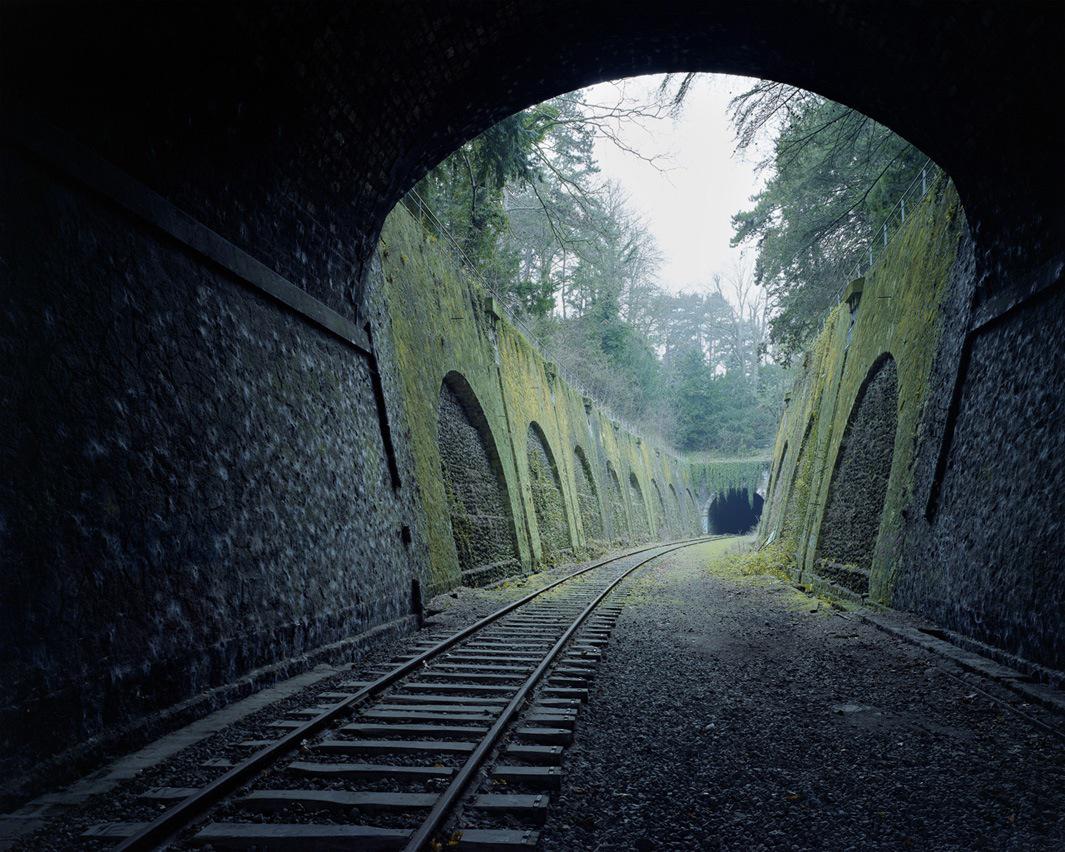
Pierre Folk
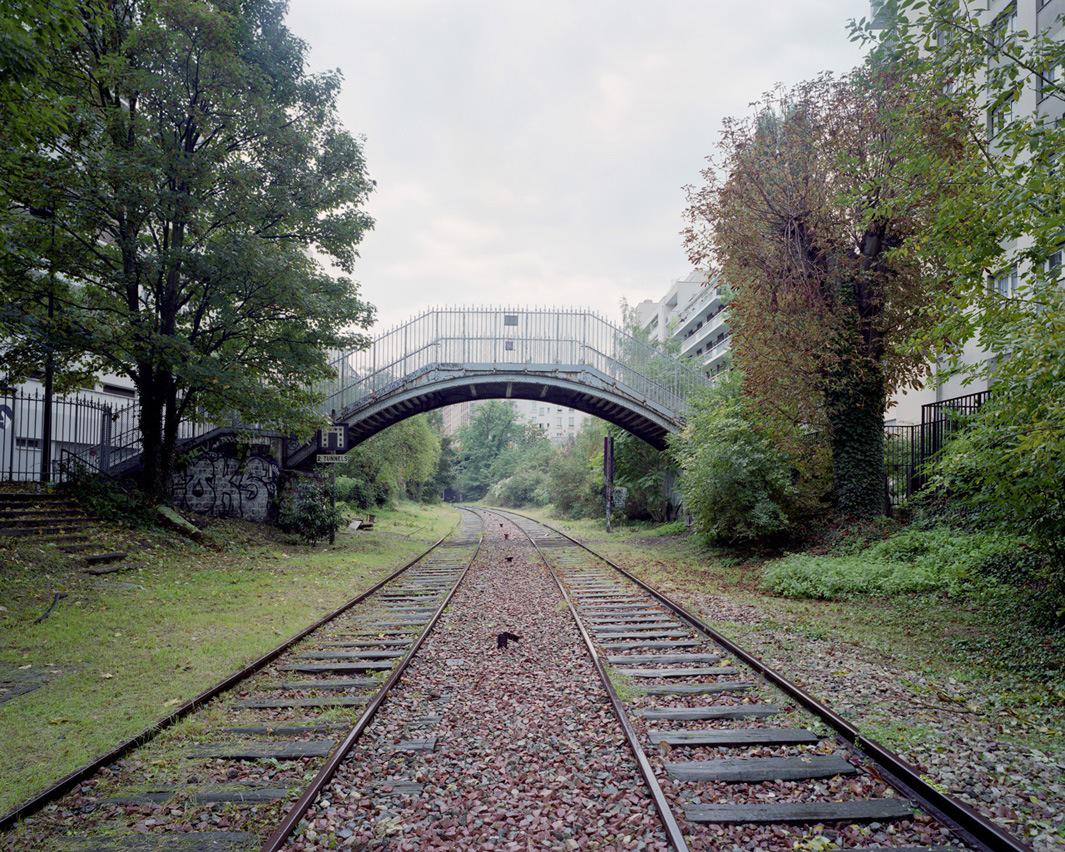
Pierre Folk
Over the past few years, Folk witnessed the birth of various projects along the railway, including the construction of community gardens and the conversion of old stations into bars, restaurants, and shops. He also had a few encounters with some of the native wildlife. “I think I broke the 100 meter dash record when I was chased by a Doberman next to a construction area,” he said.
As this development continues, Folk wrote in a statement, the railway “is likely to be reclaimed by modern society.” While Folk said Parisians may miss the Belt as a “place where past and modernity make their acquaintance,” he prefers to think its rehabilitation “could be a positive evolution, preserving the line’s soul.” “I suppose the important thing would be to avoid destroying or abandoning it, and to instead somehow rehabilitate or recycle it. Current projects are different depending on the neighborhoods. So, in the end, I think the development of the line is more of a plural future than a singular one.”

Pierre Folk
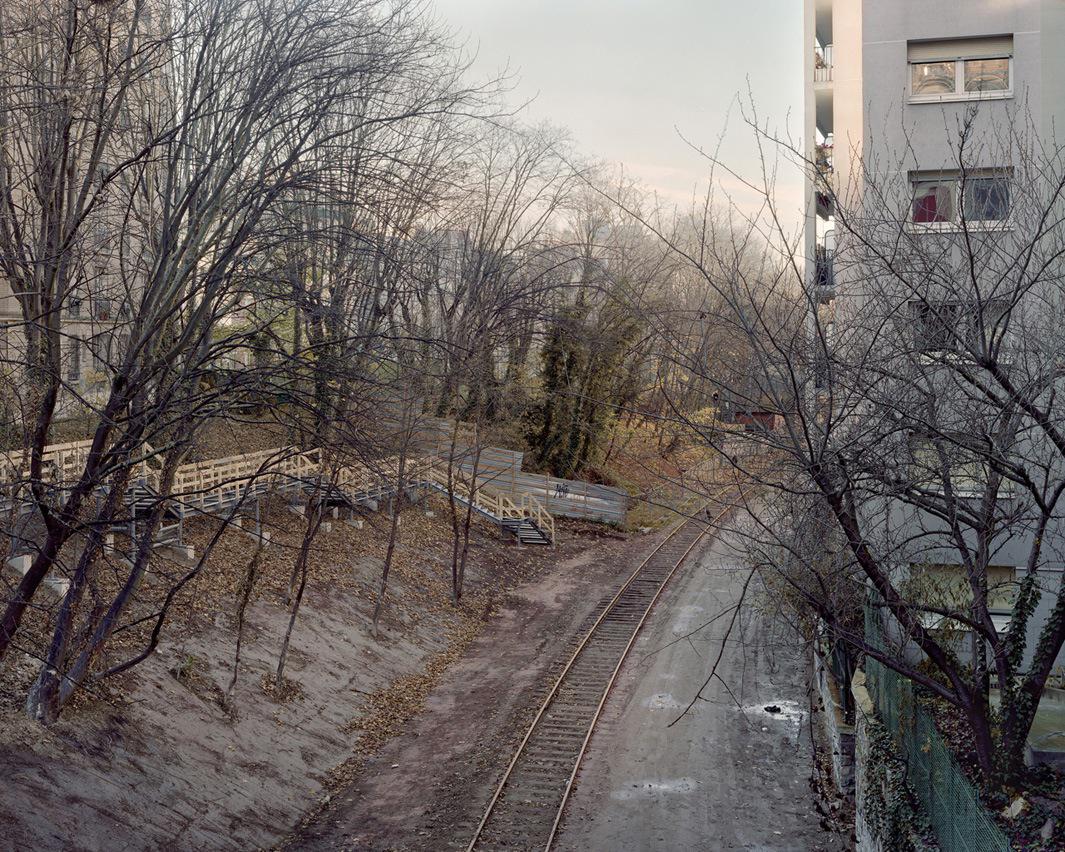
Pierre Folk
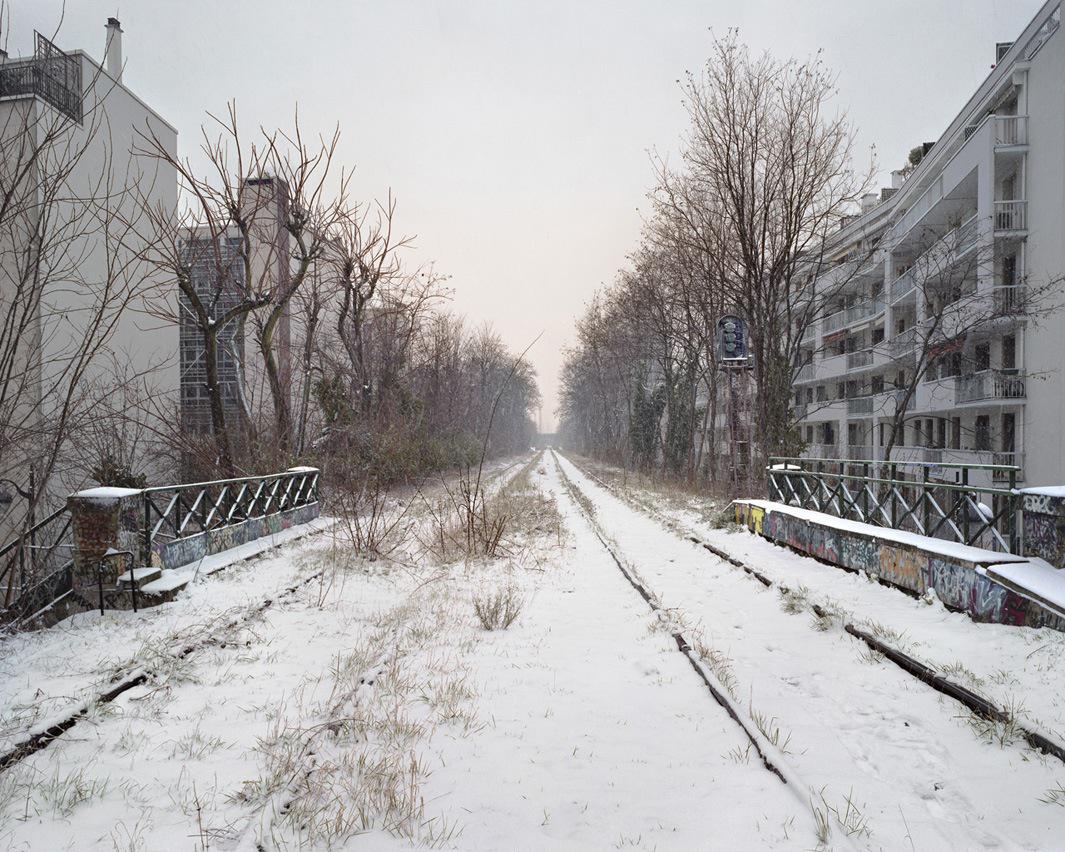
Pierre Folk
